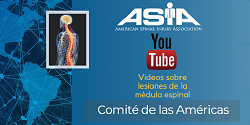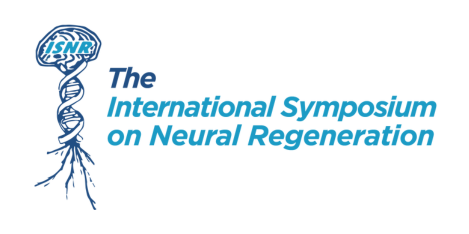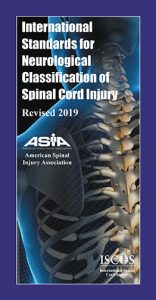All research submitted to TSCIR must be conducted in accordance with local and international guidelines for ethically conducted research.
Human participants’ research
All research on humans must be conducted in accordance with the Declaration of Helsinki
https://www.wma.net/policies-post/wma-declaration-of-helsinki-ethical-principles-for-medical-research-involving-human-subjects/#:~:text=The%20World%20Medical%20Association%20(WMA,identifiable%20human%20material%20and%20data
and the Belmont report https://www.hhs.gov/ohrp/sites/default/files/the-belmont-report-508c_FINAL.pdf their principles must be upheld in all aspects of research from initial conception and study design to manuscript publication, to ensure respect for human subjects and protection of their health and rights, and allow for just distribution of the benefits of research.
Prior to the start of a study, authors and researchers much obtain ethical approval of their research protocol from the local institutional review board (IRB) or ethics committee. The details of the approval including the name of the IRB/ethics committee must be provided to TSCIR upon manuscript submission. Additionally, a statement confirming IRB/ethics committee approval must be included in the manuscript.
Animal research
Studies that involve vertebrates or higher invertebrates must be performed in accordance with relevant guidelines and regulations and must have obtained approval from the local IRB/ethics committee or institutional animal use and care committee prior to the start of study. TSCIR recommends principles on ethical animal research as outlined in the Guide for the Care and Use of Laboratory Animals, 8th edition (https://grants.nih.gov/grants/olaw/guide-for-the-care-and-use-of-laboratory-animals.pdf; Washington, DC: The National Academies Press). The American Veterinary Medical Association (AVMA) Guidelines for the Euthanasia of Animals (https://www.avma.org/sites/default/files/2020-02/Guidelines-on-Euthanasia-2020.pdf) is also recommended as a comprehensive resource for guidance on veterinary best practice for the anesthesia and euthanasia of animals.
Publication Ethics
TSCIR follows the guidelines of the Committee on Publication Ethics (COPE) for plagiarism and redundant (duplicate) publication and uses the Crossef Similarity Check service (https://www.crossref.org/services/similarity-check/) to screen for both issues.
Plagiarism
Plagiarism is defined as one copying or misrepresenting someone else’s work (words, ideas, or data) as their own without proper acknowledgement to the original person. Plagiarism is detected in manuscripts when substantial text or informational content is used without providing the relevant reference or appropriate attribution. This may be detected during the peer-review process by a reviewer or after publication by a reader. When TSCIR receives concerns of potential plagiarism, the editor will investigate the allegations and check the degree of similarity. If there is sufficient evidence to support the allegations, the editor will contact the corresponding author to inform of the findings and request explanations for the similarities in content. Upon receipt of the author’s explanation and completion of the investigation, the editor will follow the COPE guidelines (https://publicationethics.org/sites/default/files/plagiarism-submitted-manuscript-cope-flowchart.pdf; https://publicationethics.org/sites/default/files/plagiarism-published-article-cope-flowchart.pdf) to determine how to proceed with the submission or publication. This can result in requesting a major revision or re-write with appropriate citations or a rejection if the similarities are too extensive for revision. For post-publication cases, TSCIR may issue a correction or retraction depending on the degree of plagiarism.
To avoid any possibility of plagiarism, authors must cite previously reported publications and/or properly describe and acknowledge the contributions of earlier work that are discussed in the submitted manuscript.
Redundant (duplicate) publication
A publication is defined as redundant or duplicate when the same work or substantial parts of the same work is published in more than one journal without providing appropriate references or alerting the journal of the existence of a published version. As each published article is expected to be original work, submission of the same work or a similar version to two or more journals is considered unethical and a copyright violation. If redundant publication is suspected, the editor will investigate in a process similar to that for plagiarism and TSCIR will follow the COPE guidelines suspected redundant publication (https://publicationethics.org/sites/default/files/duplicate-publication-submitted-manuscript-cope-flowchart.pdf).
The author is responsible for notifying the editor if a part of the study for the manuscript submitted to TSCIR has already been published in or submitted to a different journal. This detail must be included in the cover letter that accompanies the manuscript submission. TSCIR will decide whether to proceed with the submission process based on the differences in results or conclusions between the manuscripts in question.







